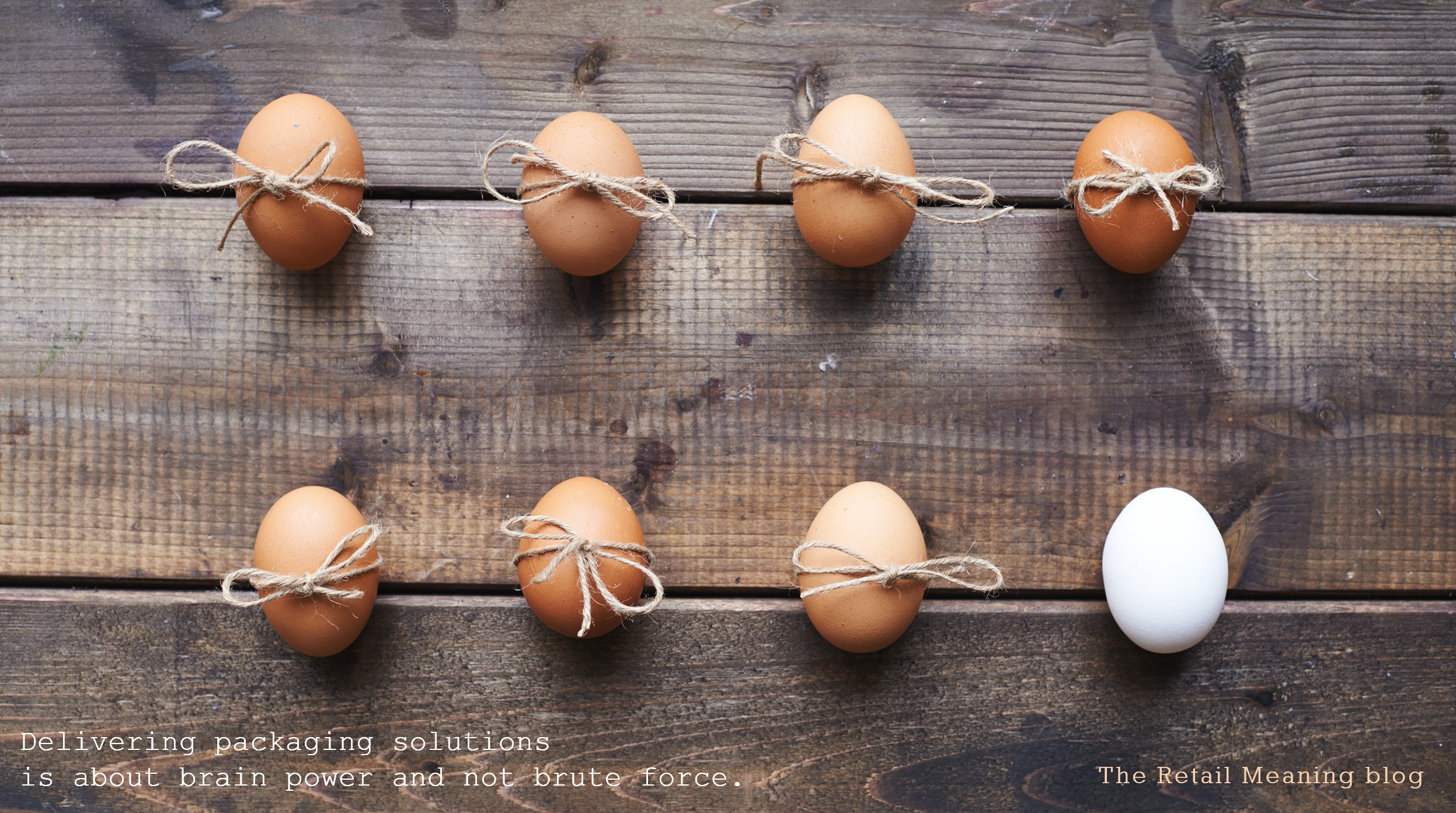My recent post on digital retailers becoming obsessed with the ‘art of selling’ and losing sight of the ‘joy of giving’ certainly brought out some horror stories about the state of deliveries that land on people’s doorsteps.
The initial reaction was a focus on the packaging and the inadequacies of everything from plastic bags offering little protection, to outsized and inappropriate cardboard boxes where products are shaken to breaking point.
The main issue is a lack of awareness of what is practically required. Decisions by people who sit in offices and never go near distribution centres or delivery van. The knee-jerk packaging reaction is to put everything in plastic bags if its clothing, or in any available sized box stuffed with filler if it’s anything else.
What businesses need to do is to carry out an audit and to analyse the packaging requirements of the different products they sell, and then to design packaging solutions to keep products secure with the minimum of materials, but the maximum sustainable materials.
From this starting point brands can begin to embellish and brand their packaging. But only if the initial construction is suitable. Ironically Lidl & Aldi showed the way to balance function & form as they transformed the visual impact and value of their shops, by colourfully branding their brown and white boxes. Electrical goods brands are some of the best at branding their boxes. They realised the marketing value of showing off their brand and their products on the outside of their boxes rather than keeping them a secret on the inside. Their packaging is now in advertising mode from factory to shopfloor, from delivery driver to homes and attics everywhere.
Packaging needs to be considered in terms of a ‘Packaging Supply Chain.’ Every part of a product’s journey chain needs to control and coordinate the product, the packaging, and the people involved.
There is no point putting clothing in a beautiful box if it has just travelled un-ironed and unprotected in a plastic bag for 3,000 miles, under tons of other clothing equally un-ironed and unprotected. Equally there is no point protecting a product for 3,000 miles if the delivery driver drops it on the doorstep.
The ‘Packaging Supply Chain’ needs to be part of the ‘Passion Supply Chain’ where everyone involved in the transport of a product is engaged and committed to delivering a perfect product into the hands of a customer. Vertically integrated business can generate this pride, this passion, but the increased outsourcing of deliveries to the lowest bidder simply delivers the weakest link of a brand’s supply chain directly into the customers arms.
Ultimately retail brands must work backwards when it comes to packaging. What brand and product experience do they want the customer to have on the doorsteps and in their homes? What does the customer deserve? What does their brand image and values demand?
This is where to start. This is when you design a packaging and delivery solution to make it happen.
The best example by far would be Bloom & Wild, the disruptive online florist. Not only do their products arrive in perfect condition. Not only does the unwrapping allow for interaction with the brand as customers learn how to arrange their own flowers. Not only is there beautiful branding both inside and outside the box. But they revolutionised the delivery process by designing a box that fits through a letterbox.
Brilliantly simple and beautifully executed. Solving packaging problems is ultimately about brain power and not brute force.
